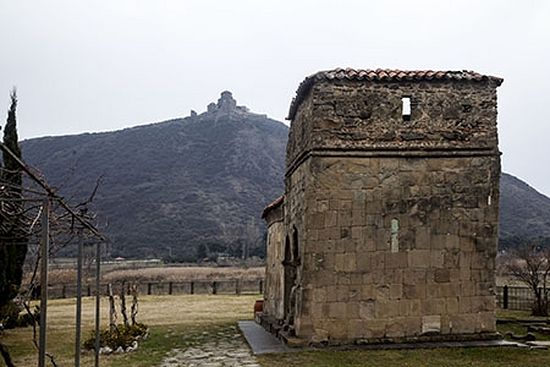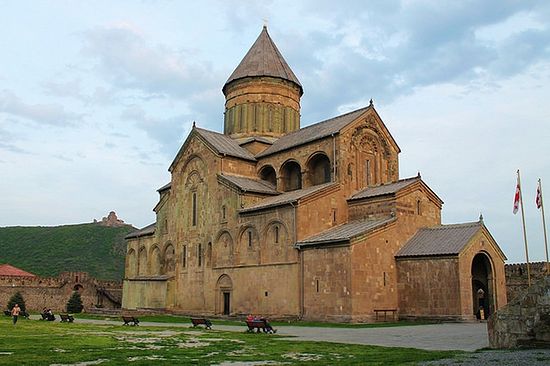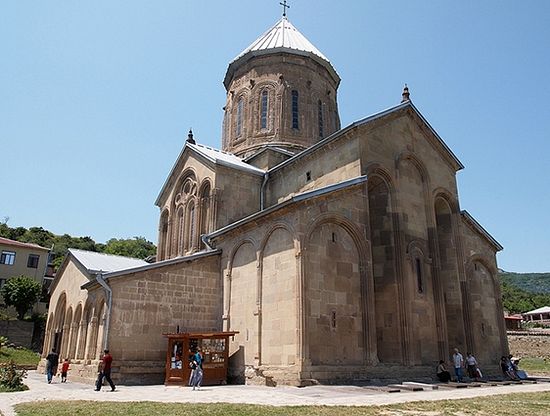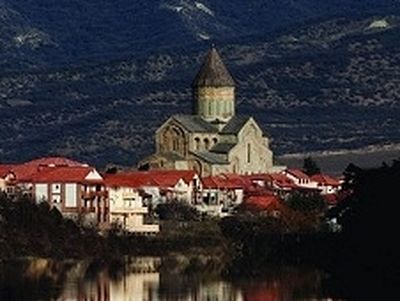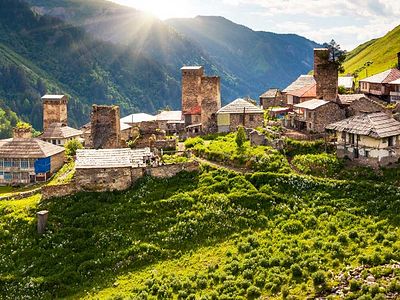Tbilisi, December 12, 2016
Following the December 8-9 Paris meeting of the UNESCO Committee for the Protection of Cultural Property in the Event of Armed Conflict, three beloved monuments of ancient Georgia have been afforded special UNESCO protection, reports Agenda.ge.
The monuments of the ancient Georgian capital, Mtshketa, include the sixth century Holy Cross Monastery of Jvari, and the eleventh century Svetitskhoveli Cathedral where is kept the Robe of the Lord, and the Samtavro Monastery, where lay the relics of the modern elder St. Gabriel (Urgebadze).
Located at the intersection of international trade routes and having close relations with several ancient empires, Mtshketa served as the ancient capital of the East Georgian Kartli Kingdom from the third century BC to the fifth century AD, from where Christianity was proclaimed as the official religion of Georgia in 337, details the UNESCO site. The three monuments, connected with the life of the apostle to Georgia St. Nina, contain ancient archaeological remains and iconography dating as far back as the fourth century and demonstrate the cultural and spiritual richness of Georgia.
The Mtskheta monuments were added to the World Heritage List in 1994, included on the Heritage in Danger list in 2009, and subsequently removed from it as a result of Georgia’s increased efforts to protect the sites.
Joining an exclusive list of ten worldwide sites, including the Castel de Monte citadel in southeast Italy, and the Palace of the Shirvanshahs in Azerbaijan, the Mtskheta monasteries and cathedral are afforded “enhanced protection,” meaning all sides of any armed conflict are to safeguard the sites, avoiding their territories.
The new status was granted in response to the request submitted by Georgian governmental agencies in February 2016.
